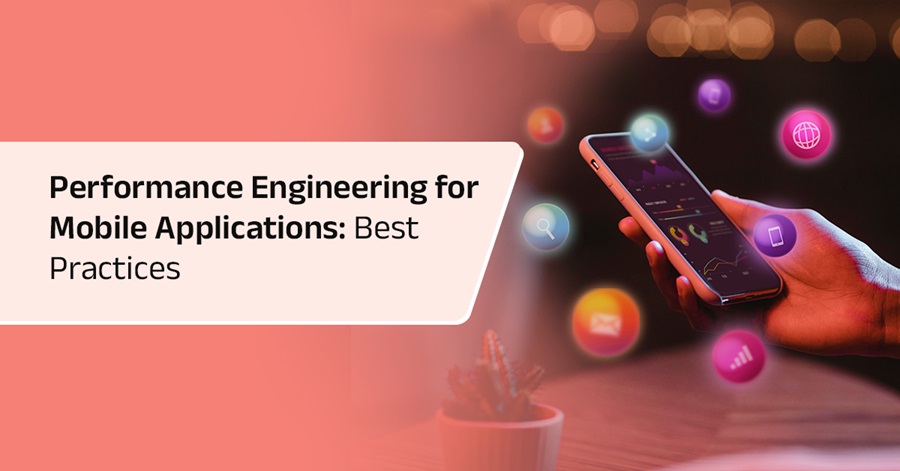Just as questions arise about how Application Performance Management (APM) and OpenTelemetry impact each other, we also want to talk about the relationship between AIOps and OpenTelemetry.
Start with: A Guide to OpenTelemetry — Part 1
Start with: A Guide to OpenTelemetry — Part 2: When Will OTel Be Ready?
Start with: A Guide to OpenTelemetry — Part 3: The Advantages
Start with: A Guide to OpenTelemetry — Part 4: The Results
Start with: A Guide to OpenTelemetry — Part 5: The Challenges
Start with: A Guide to OpenTelemetry — Part 6: OTel and APM
OpenTelemetry Supports AIOps
Similar to points made in the previous blog about OpenTelemetry and APM, OpenTelemetry can also serve as a helpful support to AIOps.
"OpenTelemetry is a data source to AIOps tools," says Jonah Kowall, CTO of Logz.io. "It can also normalize and correlate signals to one another, making it more useful to AIOps solutions which attempt to correlate that data."
Torsten Volk, Managing Research Director, Containers, DevOps, Machine Learning and Artificial Intelligence, at Enterprise Management Associates (EMA), agrees: "OpenTelemetry is critical to enable AIOPs to ingest telemetry data from distributed cloud native applications that are often ephemeral, highly scalable, and can easily move between clouds."
Mike Loukides, VP of Emerging Tech Content at O'Reilly Media, clarifies that whether or not you are using AI, if you're automating anything, your automation systems will need standard data formats. "If your web server, your database, and a few hundred microservices are all sending data that's structured differently, you have a problem. That doesn't mean that you can't write an automated system, but it does mean that you're going to spend most of your time dealing with the different data formats rather than writing code to automate your systems. Standardizing on OpenTelemetry solves this problem: you have a single way to send data, and a single set of libraries to receive it."
Contextual Information Is Key
OpenTelemetry's appeal in the AIOps use case comes back to the breadth of coverage and the value of the data.
"OpenTelemetry is an enabler of AIOps," says Sajai Krishnan, General Manager, Observability, Elastic. "We all know that ML/AI algorithms LOVE data, but it is not the volume of data that matters. What matters is the relevance of the data and the context shared across traces, metrics, and logs."
Download the 2022 Gartner Magic Quadrant for APM and Observability
Because all telemetry signals are generated using the same source/agent, this brings built in contextual information across telemetry signals right from the source, notes Nitin Navare, CTO of LogicMonitor, adding, "Thus, OpenTelemetry will compliment AIOps in the long run as AI backends will have more contextual information to learn about underlying IT assets."
Daniel Khan, Director of Product Management (Telemetry) at Sentry, adds:
"AIOps relies on high-fidelity, contextual data, hence OpenTelemetry can improve the quality of insights provided by AIOps."
OpenTelemetry provides a framework for engineering teams to correlate their observability data between infrastructure and application and also between logs, metrics, and traces, according to Marc Chipouras, Grafana Labs Senior Director, Engineering. "This linked structure allows our AIOps teams to analyze all the data generated from production systems together rather than independently. The connected datasets change the problem set, allowing AIOps tools to understand the whole system rather than subsets of services or workflows."
OpenTelemetry also provides a way to collect hard-to-reach performance data. For example, the OpenTelemetry Collector can be used for aggregating and processing data on the edge, making the collector an intelligent part of the AIOps toolset, says Marcin "Perk" Stożek, Software Engineering Manager of Open Source Collection, Sumo Logic.
Delivering the Right Data
"By providing standard ways to pull in logs, metrics and trace data, OpenTelemetry ensures that ML algorithms have the right signals and rich contextual attributes to build accurate models and make accurate predictions about what is wrong inside your enterprise IT estate," says Krishnan from Elastic. "The correct data helps make better decisions and deliver remediation, especially if those decisions are automated."
"Imagine taking an automated action based on a false positive alert," he adds. "It could be a disaster for your business. Improving the accuracy of the machine learning models by using the correct consolidated and correlated data becomes critical to any action taken."
"An entire application ecosystem has emerged around OpenTelemetry," Krishnan concludes. "Kubernetes now has support for OpenTelemetry, for example, and this will continue to grow as more apps can use OpenTelemetry data. Imagine the possibilities for AIOps as automation tools start to plug into this data. For example, software-defined networks can start to make use of application telemetry data and traces from any source to re-route traffic or automatically improve bandwidth for specific applications delivering a great customer experience."
AIOps Challenges
Martin Thwaites, Developer Advocate at Honeycomb, agrees that OpenTelemetry can be configured with some AIOps solutions for automated responses to detected issues, but he warns not to overestimate the power of the combination: "It is important to note, however, that monitoring and observability can be complex and still requires human intervention. For example, an AI model may detect slower runtimes on a website. This could be the result of heavy bot traffic, or maybe you are having a sale on your website that has led to a sharp spike in visitors. OpenTelemetry can be incredibly powerful, but users should be careful not to slip into a 'set it and forget it' approach."



